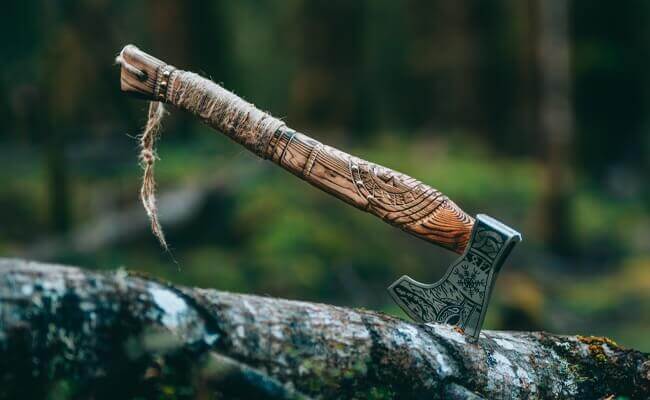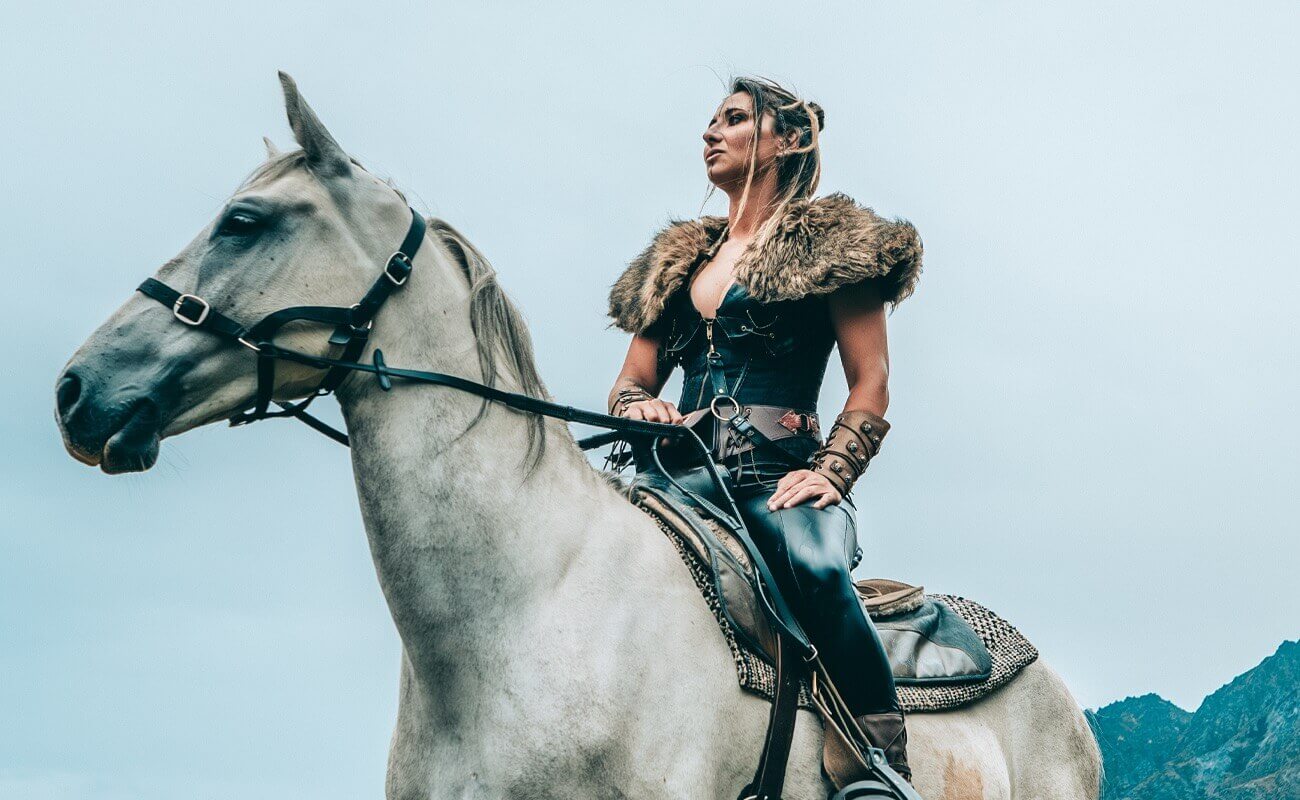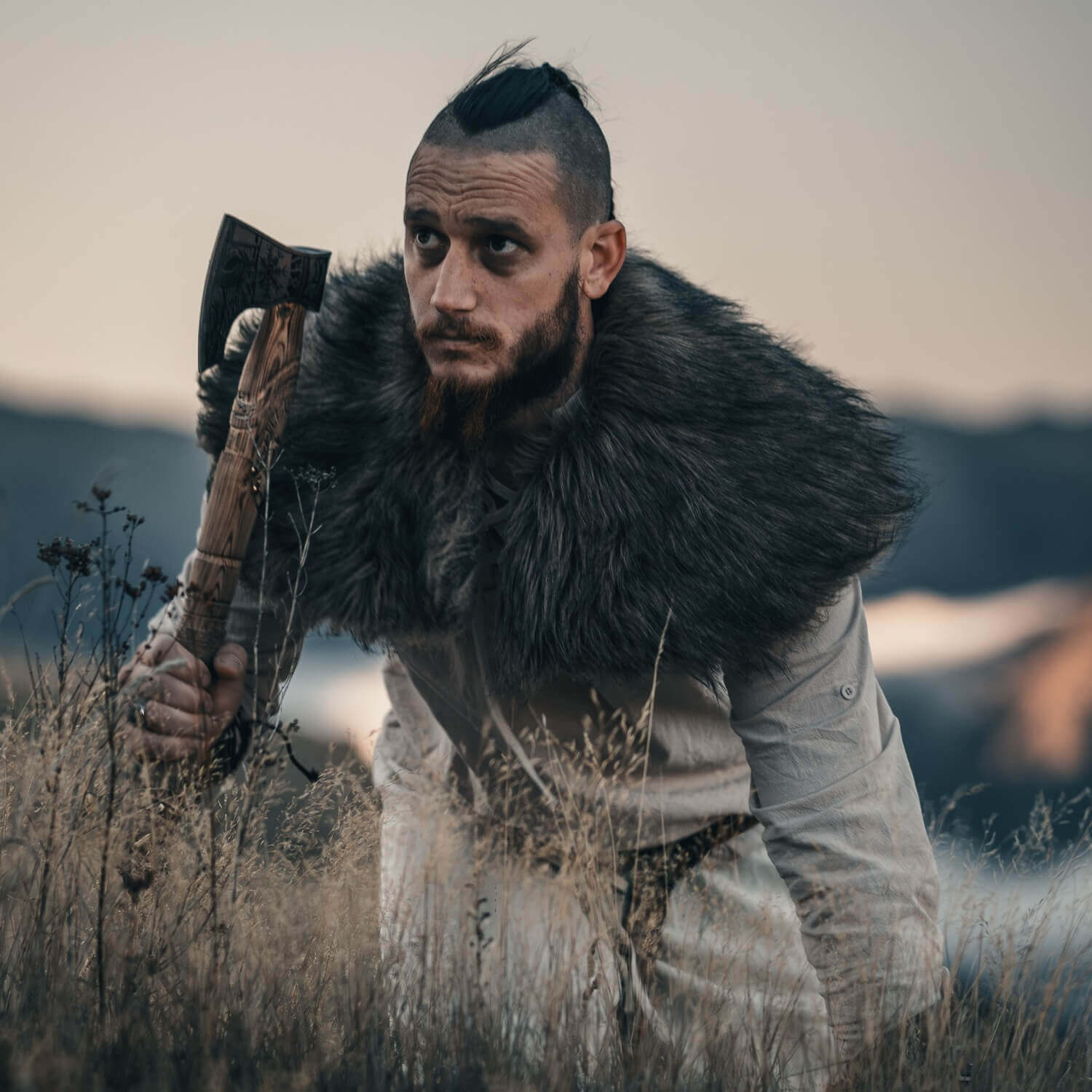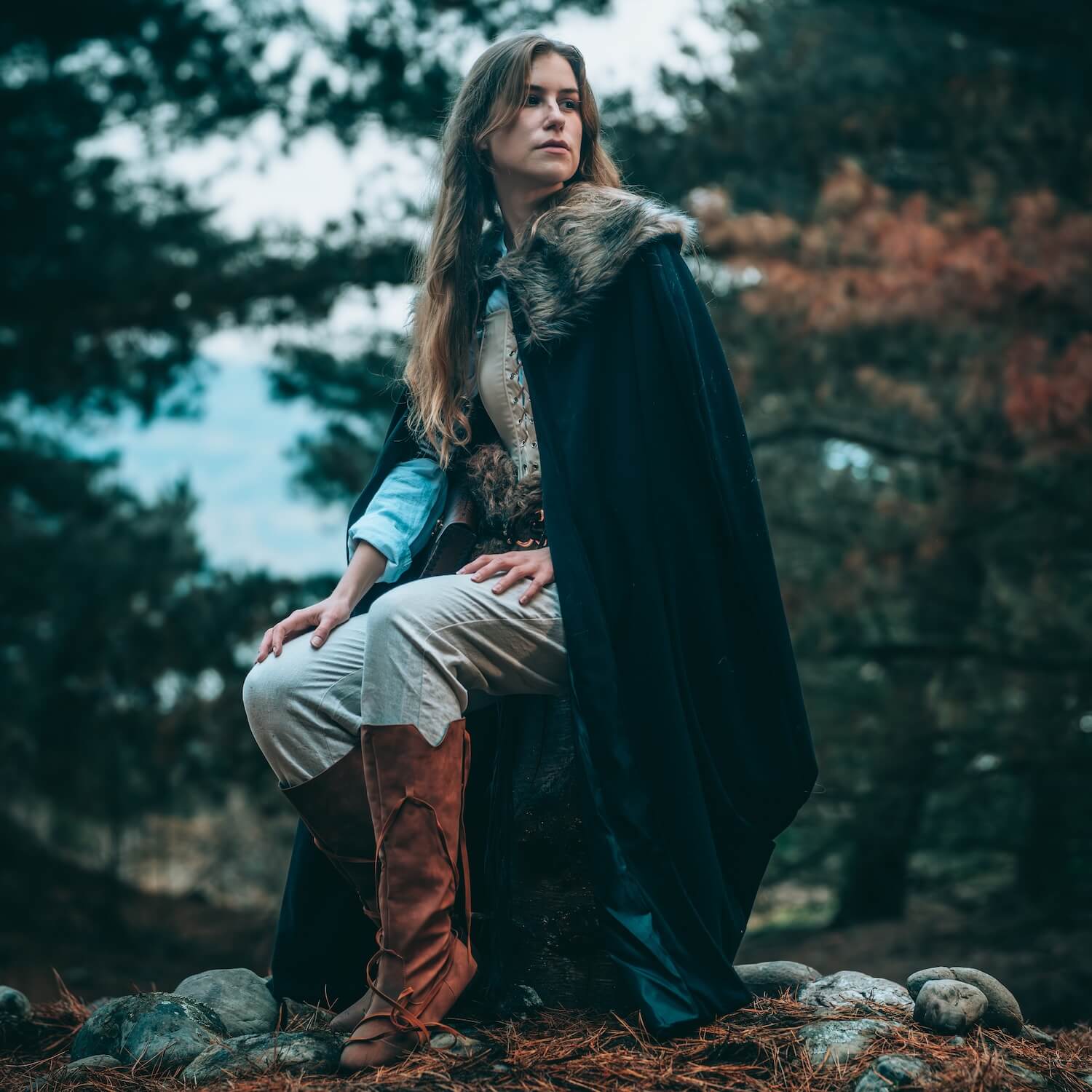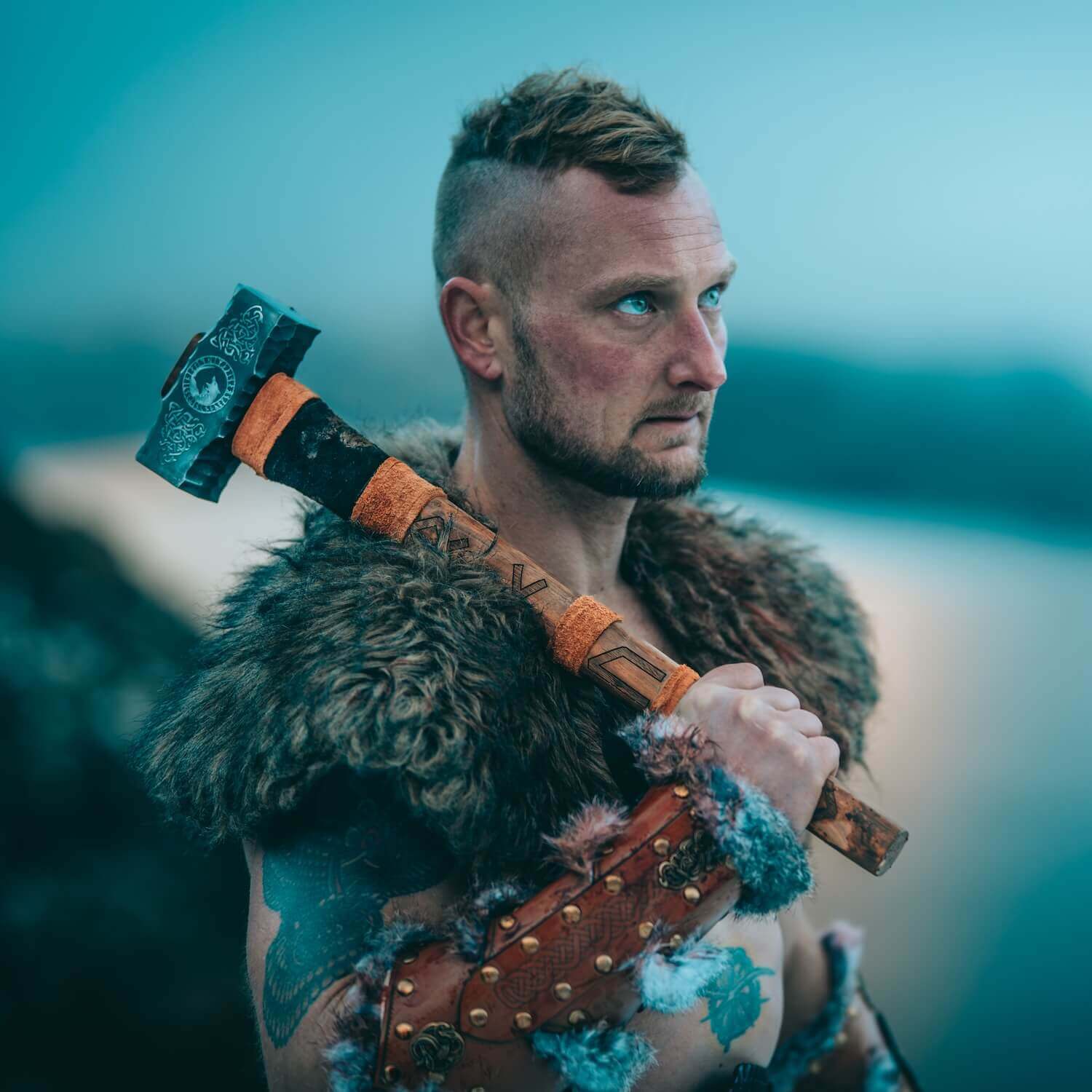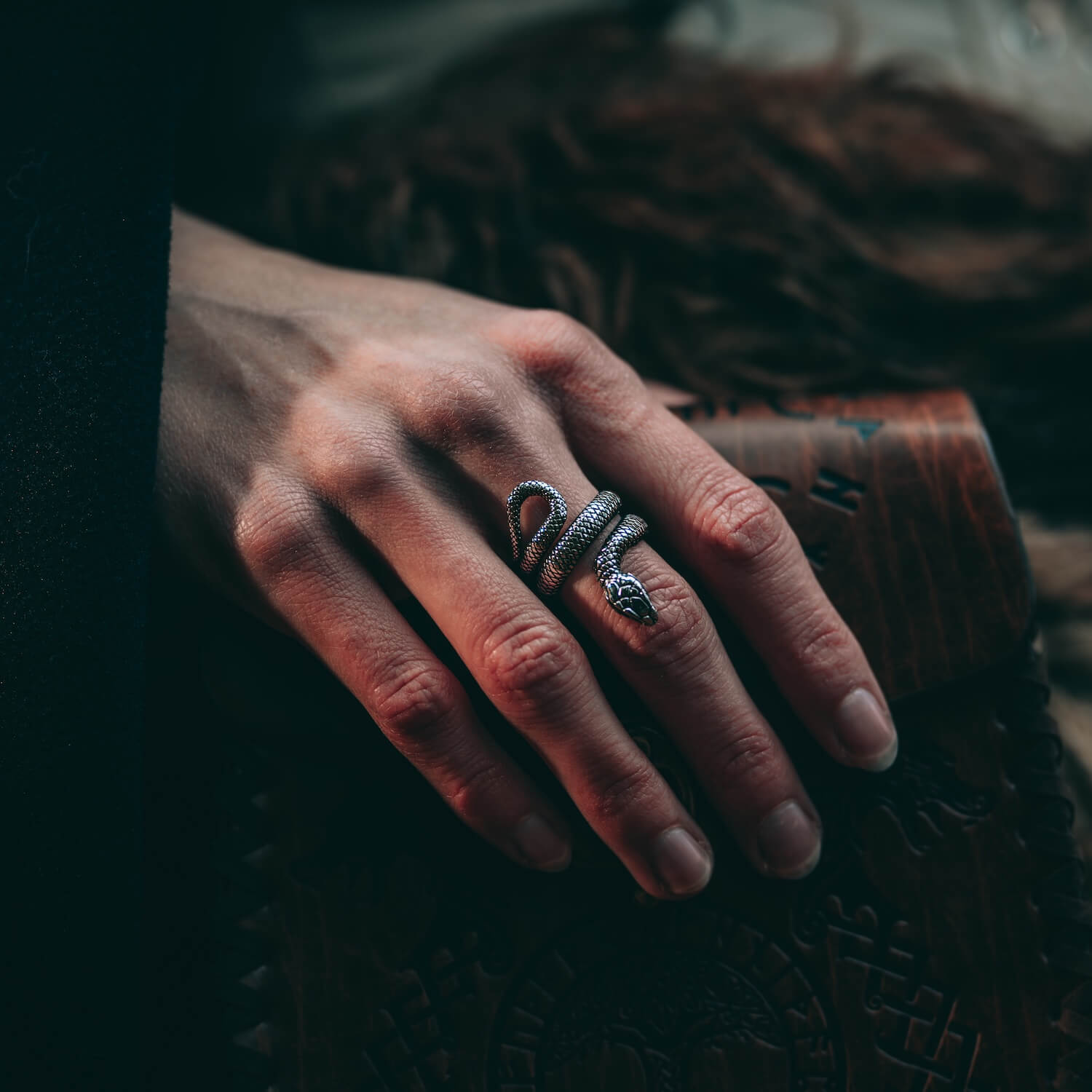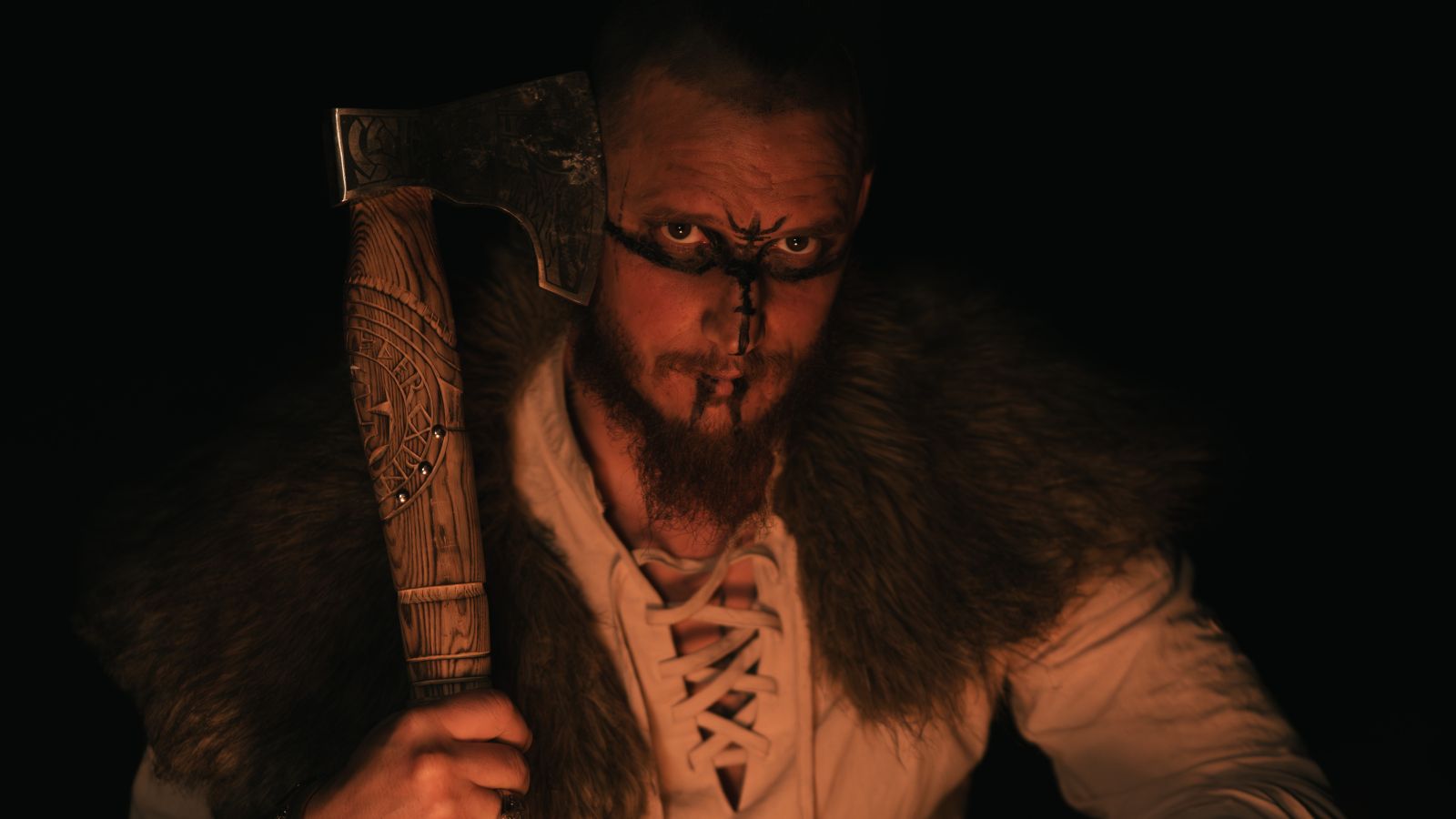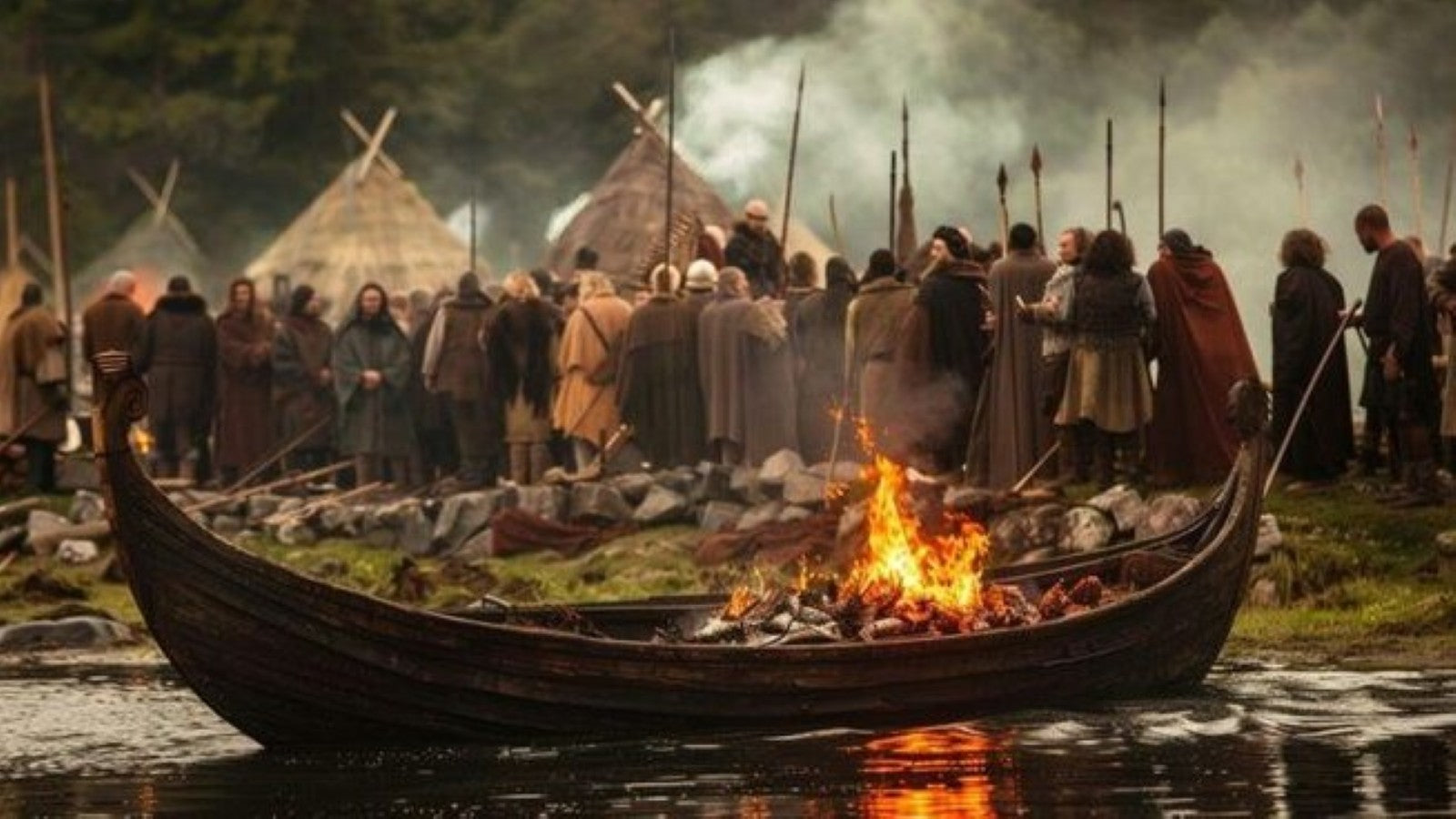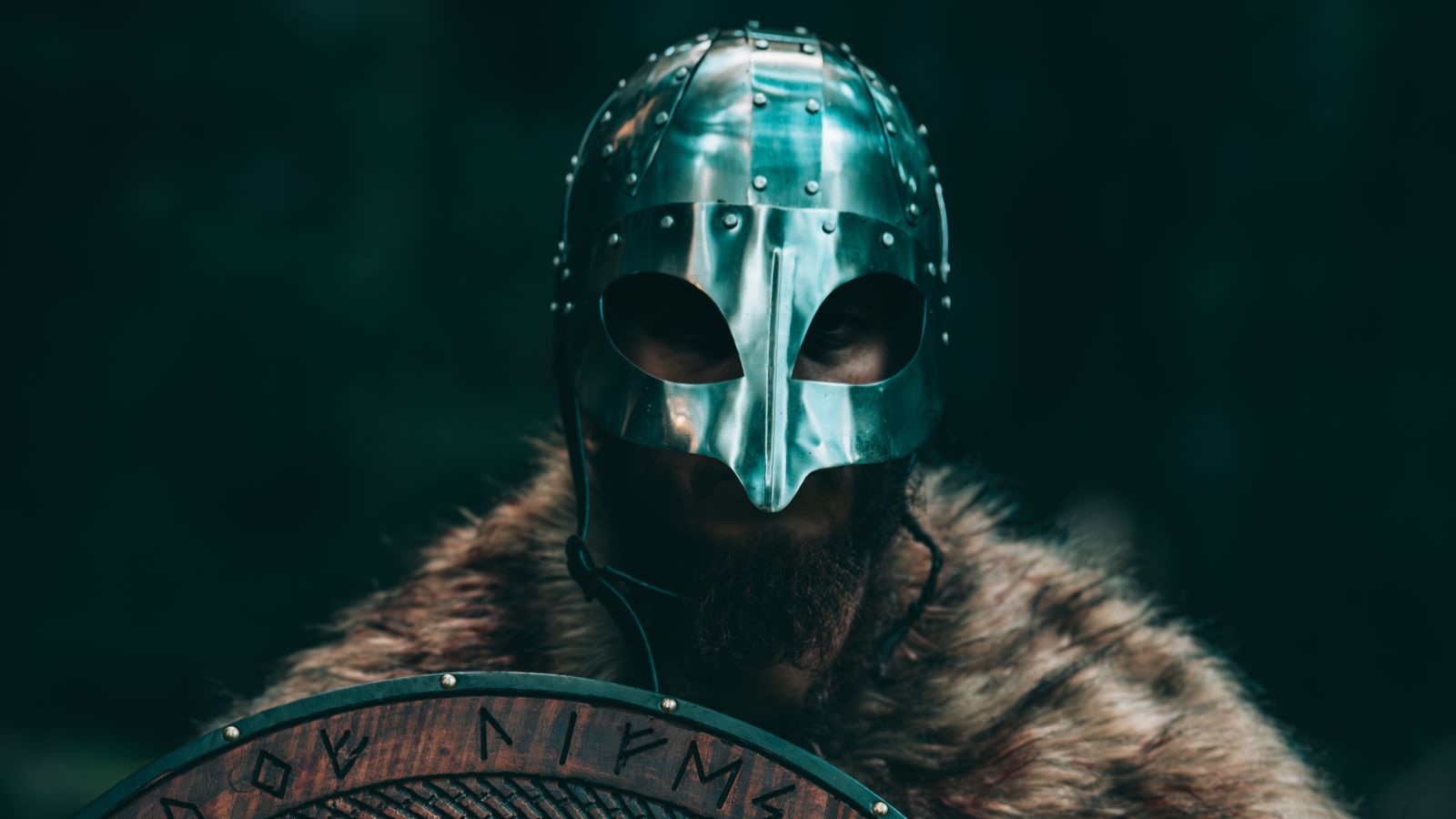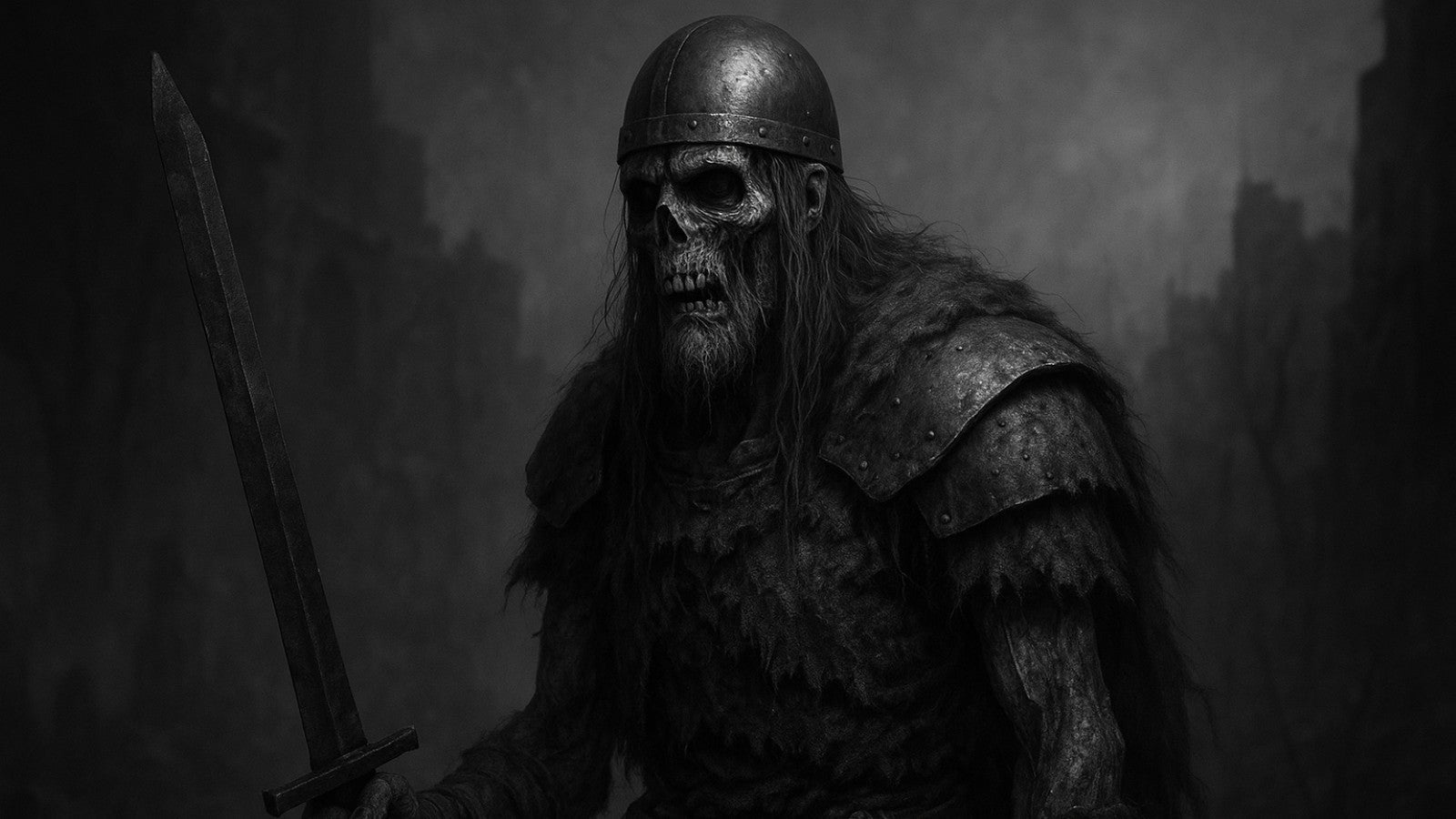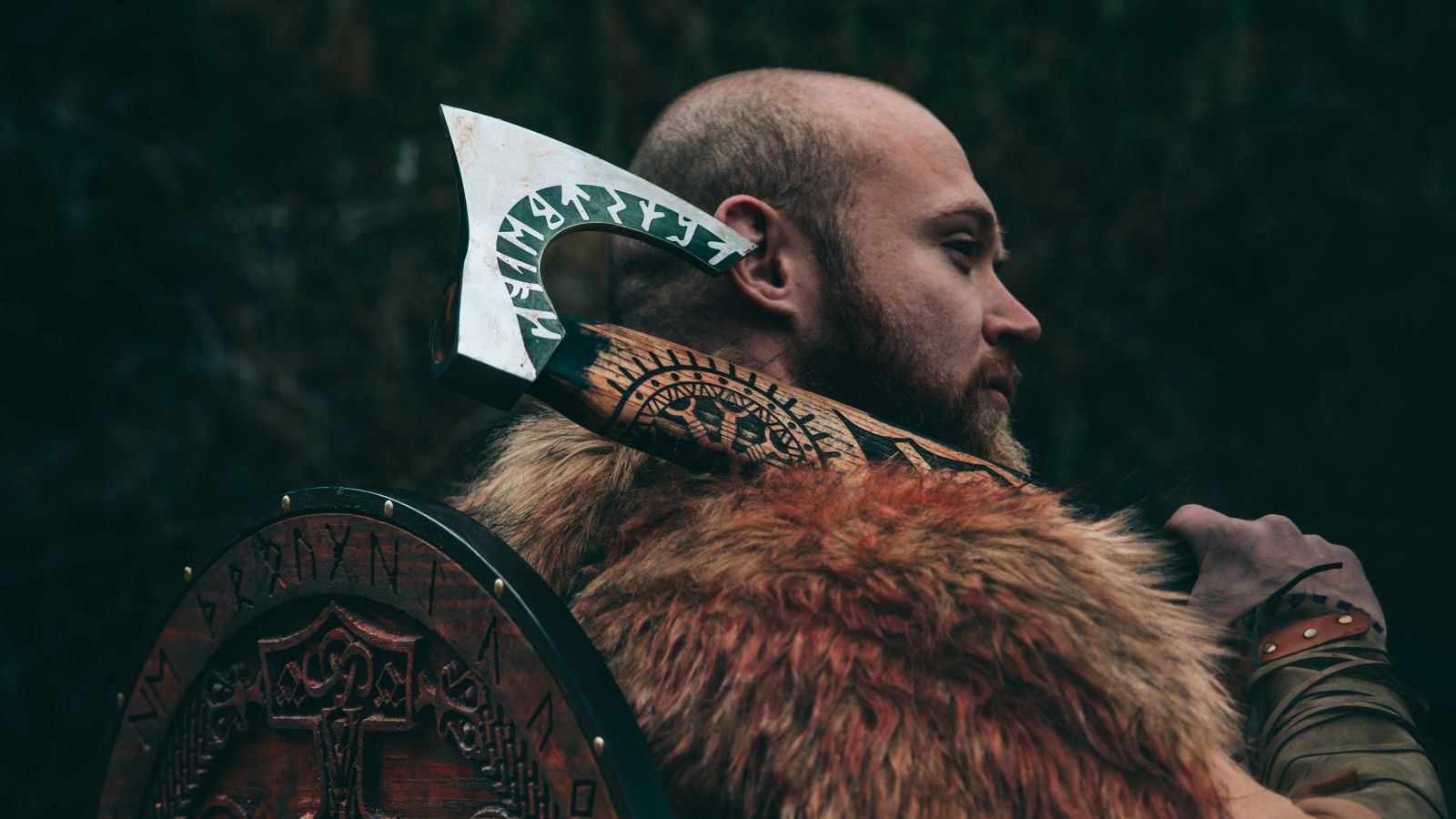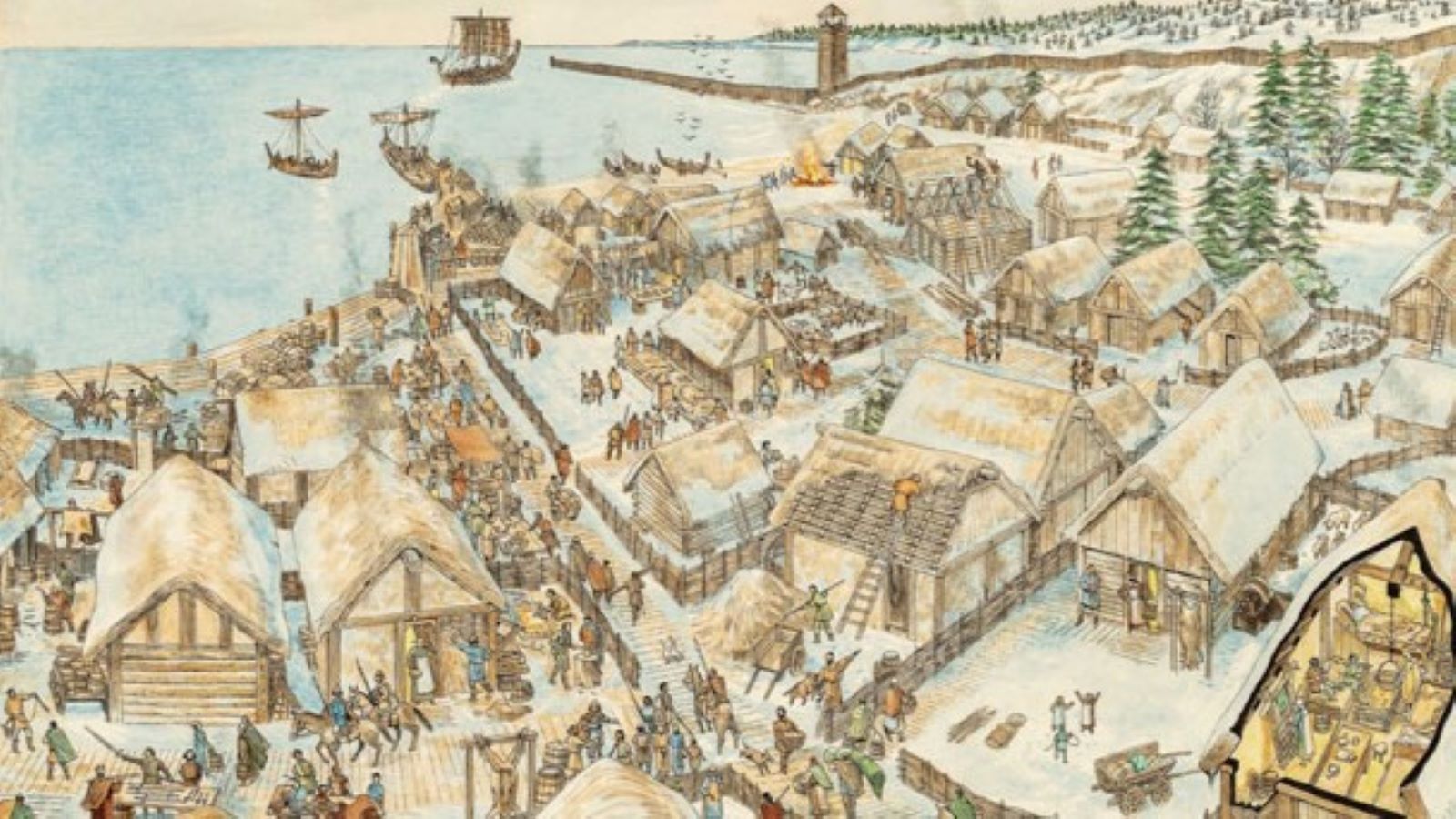
How Did Norsemen/Vikings Build Their Villages?
In the annals of history, the Vikings stand as a symbol of adventure, exploration, and craftsmanship. Yet, amidst their legendary exploits across oceans and continents, lies the heart of their society—their villages. Ever wondered how these seafaring Norsemen built their communities?
At the core of every Viking settlement lay a strong sense of community. Villages were typically situated near fertile lands for farming and strategic waterways for trade and defense. The layout was often organized around a central meeting area, where gatherings, feasts, and important decisions took place. This communal space fostered unity and cooperation among the villagers.
Contrary to popular belief, Viking villages were not crude collections of huts. They were skillfully constructed using locally sourced materials such as wood, stone, and turf. Timber, in particular, was abundant in the Scandinavian landscape and formed the backbone of Viking architecture. Houses were built using a combination of post-and-beam construction and interlocking planks, creating sturdy and durable structures.
One notable feature of Viking houses was their distinctive longhouse design. These elongated buildings served multiple purposes, accommodating both living quarters and communal spaces. The longhouse typically had a central hearth for cooking and warmth, with sleeping areas along the sides. The roof was often thatched or covered with turf, providing insulation against the harsh Nordic winters.
In addition to longhouses, Viking villages boasted an array of outbuildings, including workshops, barns, and storage sheds. Each structure was carefully crafted to serve a specific function, reflecting the practical and resourceful nature of Viking society.
Given the tumultuous times in which they lived, defense was a paramount concern for the Norsemen. Many villages were surrounded by sturdy wooden palisades or earthen ramparts, offering protection against potential raiders or rival clans. Guard towers and watchtowers were strategically positioned along the perimeter, providing early warning of approaching threats.
Beyond the physical defenses, Viking communities also relied on a strong sense of solidarity and martial prowess to safeguard their way of life. Every able-bodied man was expected to contribute to the defense of the village, forming a formidable bulwark against external adversaries.
Although the era of the Vikings has long passed, their architectural legacy endures. From the iconic longhouses of Scandinavia to the far-flung settlements of Iceland and Greenland, traces of Viking craftsmanship can still be found scattered across the lands they once roamed. Moreover, the enduring spirit of community and resilience embodied by the Norsemen continues to inspire and captivate imaginations to this day.

